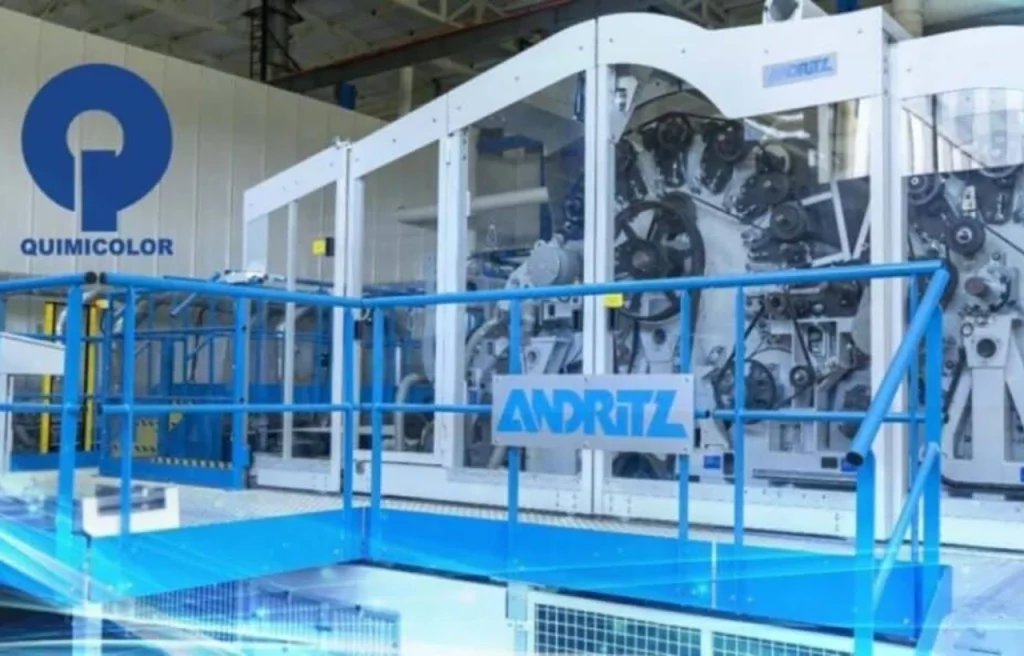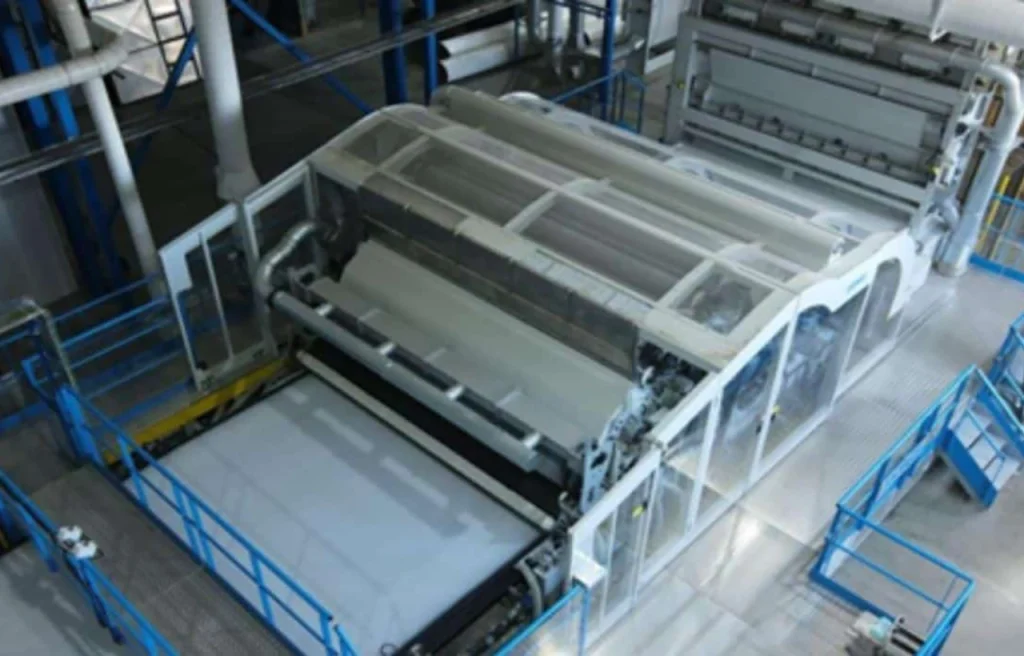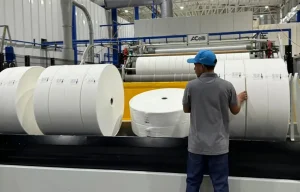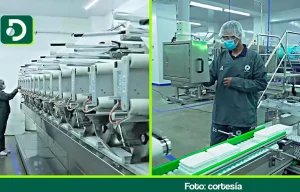
During the pandemic, companies worldwide faced a major challenge: acquiring raw materials.
This became a complex task as it relied on 90 % from Asia for the supply of fabrics, a crucial component in the wet wipes industry.
Faced with this situation, Quimicolor decided to invest in its own machinery for fabric production.
Thus, the Andritz spunlace fabric manufacturing machine has the capacity to produce more than 10,000 tons of nonwoven fabric in rolls per year, for conversion into wet wipes.
With this, Quimicolor becomes the only company in South America with the capacity to produce this type of fabric on the continent.
The plant, which occupies 2,600 square meters, It processes viscose and polyester fibers, allowing for product quality control throughout the entire supply chain..
“Today, the results of this decision are evident: we have achieved complete independence from Asia in terms of the procurement of our main raw materials. This independence has not only strengthened our supply chain but has also positioned us advantageously in the market, ensuring the quality and consistent availability of the essential fabrics for the manufacture of our wet wipes,” says Antonio Mendivil, president of Quimicolor.

Growth of Quimicolor
For this second half of 2024 Quimicolor estimates sales growth of 25% 1TP3Q compared to the previous year and a 30% increase in direct jobs., increasing both labor and automation.
“This is also a relevant issue for the domestic market, as costs for cloth marketers and producers will be optimized, given that one container has a capacity for 9 tons of fabric, meaning that for each container of raw material imported, Quimicolor can manufacture three containers of fabric, creating opportunities in the Colombian market and in the Americas to avoid imports, thereby impacting freight costs by 30% and taxes by 10% on the final product,” says Mendivil.
Finally, The machine starts its operation at 35 % capacity, covering the needs of its own brands and associated maquilas. This allows it to enter international markets, exporting fabric to South, Central, and North America.




